“The limits of my language means the limit of my world” – Ludwig Wittgenstein.
In the writing world, mastering the language techniques helps you set the different narratives and reflects your understanding.
Whether as a student, a professional writer, or anyone else, you must engage in different writing works throughout your life. That’s where language techniques come in. They are not just the simple tools you use in your work. Instead, they are the threads that keep the communication going on.
Be it reflecting on your personal experiences or pursuing someone through your thoughts, these techniques can enhance your writing.
But the question is what they are. And how many language techniques are there?
Are you curious to find out? Then read my blog. Here I will dive deep into the world of language techniques. Furthermore, we will see how they can transform a simple work into outstanding words.
So, come on! What are you waiting for? Let’s get into the guide.
What Are Language Techniques?
In simple words, language techniques are the simple words writers use in their work to enhance the quality of their writing. From essays to stories, they help them convey thoughts and bring feelings to it.
Using them in your work is an art. Once you have mastered it, you can evoke emotions in your audience, connect with them, and weave your narratives. Furthermore, metaphors, irony, vivid imaginations, etc. are of different types.
Understanding them is essential for those looking to master their communication skills and create outstanding pieces.
Different Language Techniques & Their Uses:
Language techniques are of different types and can be used across various genres, each serving a unique purpose. Whether you want to unravel complex ideas or need to draw comparisons, these techniques can help you create a compelling writing piece.
Surely, you guys must be excited to know what they are. So, let’s not waste any time and have a look at them. They include:
1. Allegory
Do you want to unravel the complex ideas while providing underlying messages? Allegory is the key.
Ever heard of the story of the Tortoise and the Hare? I am sure all of you must have heard. What was the underlying message in it?
Well, it shows determination and courage that can help you win against everyone. That’s what allegory is. It’s the language technique that helps writers express complicated matters in simple terms.
Using it in the stories can enrich the ideas and allow readers to dive beyond the surface stories.
2. Metaphors
Heart of gold. You must have heard someone around you saying it. But what does it mean?
Well, simply it is used to tell how a person is kind and generous.
That’s what metaphors are. It’s a language technique we generally use when making a comparative difference.
For example, time is a thief, couch potato, the world’s a stage, etc. These can enrich your writing and enhance the reader’s understanding.
3. Cliffhanger
A cliffhanger is a language technique often used in stories to keep readers on the edge of their seats.
It’s all about ending a chapter or the story with a suspenseful moment. This makes the audience grasp for more. Furthermore, it creates a sense of curiosity, making them anticipate what happens next.
For example, you are reading a book that suddenly ends with a main character’s doppelganger appearing.
4. Simile
This language technique is a bit similar to the metaphor. It is used to highlight the similarities and create comparisons by using the words “like” or “as”.
Here are some examples of them.
- As busy as a bee
- As cold as ice
- Cool as cucumber
- As hot as fire
- As strong as a lion
See? How many similes have I just listed down? They all help writers create parallels between different ideas. Furthermore, it subtly links unrelated concepts.
5. Irony
Irony is a language technique that draws a line between expectations and reality. Furthermore, its meaning is a bit different than what’s written. The writers usually use this to create humor or emphasize the main point.
For example, a police station gets robbed, the place everyone feels is safe from robbers.
6. Imagery
Here comes another language technique used in writing. It helps paint a vivid picture and allows you to go into your imagination. Furthermore, it means using descriptive language to help readers understand, see, hear, and taste. The imagery technique helps set a compelling narrative and evoke emotions.
7. Allusion
An allusion is a language technique often used to reference another person, event, or work, often from historical literature.
For example, she felt like she won a golden ticket. The allusion is taken from Charlie and the Chocolate Factory, where he won the ticket.
8. HyperBole
Another language technique that can enhance your writing. Hyperbole is simply exaggerating things without even meaning it.
For Example: Cry me a river or My feet are killing me.
It doesn’t mean that you will create a river just by crying, or your feet will kill you. Thus, it’s just to represent how you are feeling.
So, these are some great language techniques that can enhance your writing and enrich the reading experience. Now, let’s discover how you can use them in your work.
Using Language Techniques: Different Tips & Tricks
Using language techniques is an art you need to become a pro at. Here are some tips that can help you effectively incorporate them into your work. They include:
- Understand who your audience is and then effectively use the language technique. For example, cliffhangers are best for story writing, allegory can be used in academia, etc. Also, if you are having trouble understanding this, consider seeking help from the Nursing Assignment Helpers. The experts know different language techniques and can help you tailor your work effectively.
- Always create a balance between clarity and creativity. Ensure that the techniques you are using are clear to the readers.
- Furthermore, overusing any language technique can make your work lose its touch. Hence, avoid it.
- Additionally, practice with different techniques to see which one suits your work.
Wrapping Up!
So, that’s a wrap! For those who don’t know what language techniques are, it’s a way to create compelling writing, connect with the readers, and weave your thoughts. From Allegory to Metaphors, Cliffhangers, Similes, etc there are tons of techniques you can use. However, remember, each one has its purpose. So, determine which suits your audience and incorporate it into your work.




 UK Cities
UK Cities